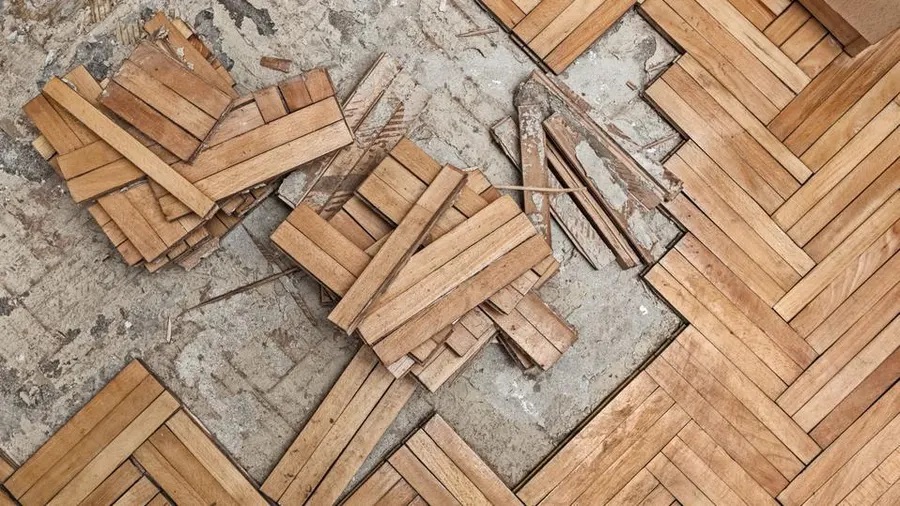Property restoration for householders can be a formidable undertaking due to the sudden occurrence of water damage. From burst pipes to natural disasters, the impact of water damage can be devastating. On the contrary, homes can be saved from the verge of devastation with a comprehensive restoration strategy. In this article, we explore the main points of effective water damage restoration, guiding homeowners through the process of reclaiming their spaces and restoring peace of mind.
Assessment And Inspection
The first step in any water damage restoration process is a thorough assessment and inspection of the affected area. Trained professionals or experienced contractors will evaluate the extent of the damage, identifying areas of concern such as structural integrity, moisture levels, and potential hazards. The preliminary evaluation lays the groundwork for formulating a customized restoration strategy that effectively tackles particular requirements and obstacles.
Water Extraction And Drying
Irrespective of the potential for mold and mildew growth, immediate water extraction is critical for averting additional harm. Subsequently, industrial-grade drying methods are applied after efficacious compressors and extraction apparatus are utilized to eliminate moisture from the area. High-powered fans, dehumidifiers, and specialized drying mats are deployed to eliminate excess moisture from walls, floors, and other surfaces. This thorough drying process is essential for preventing long-term damage and ensuring the safety of the home’s occupants.
Damage Cleanup And Sanitization
After eliminating any surplus water, the subsequent course of action entails meticulously cleansing and sanitizing the impacted regions. This includes removing debris, mud, and contaminants brought in by the water, as well as disinfecting surfaces to prevent bacterial growth. Professional restoration teams use specialized cleaning agents and equipment to ensure that the home is restored to a safe and hygienic condition.
Structural Repair And Restoration
Depending on the severity of the water damage, structural repairs may be necessary to restore the integrity of the home. This can involve repairing or replacing damaged drywall, insulation, flooring, and other structural elements. Proficient contractors will evaluate the magnitude of the harm and formulate an all-encompassing remediation strategy to rectify any structural concerns, thereby restoring the home’s safety and security.
Mold Remediation
The proliferation of mold and mildew is among the most substantial hazards linked to water exposure. These fungal contaminants have the potential to cause significant harm to individuals residing in the building and undermine its structural soundness. As part of the restoration process, specialized mold remediation techniques may be employed to identify and eliminate mold growth. This may involve the removal of affected materials, thorough cleaning, and the application of mold-inhibiting agents to prevent future growth.
Preventative Measures And Maintenance
At the conclusion of the restoration process, homeowners will be able to take preventative measures against future flood damage. This may encompass regular maintenance duties such as plumbing system inspections, leak repairs, and drainage system verification throughout the premises. Additionally, investing in preventative measures such as sump pumps, backflow preventers, and waterproofing treatments can help safeguard the home against future water-related disasters.
In conclusion, water damage restoration requires a comprehensive approach that addresses the immediate challenges of water extraction and drying, as well as the long-term concerns of structural repair and mold remediation. Homeowners can restore their dwellings to a habitable state and prevent the catastrophic consequences of water damage by adhering to the aforementioned guidelines and collaborating with seasoned experts.

